Banana Herb
Bananas are large herbs that are confused for trees and are often called "Banana Trees." It is known for its edible fruit which is commonly eaten by herbivorous and omnivorous species, particularly in the tropics.
Basic Information
Anatomy
Banana Plant
The banana plant is the world's largest herbaceous flowering plant. Banana plants are often mistaken for trees as they have a false stem called a pseudostem, which is made by the lower part of the leaves. This pseudostem can grow to be two to eight meters tall and each pseudostem grows from a corm. A pseudostem is able to produce a single bunch of bananas. After fruiting, the pseudostem dies and is replaced. When most bananas are ripe, they turn yellow or, sometimes, red. Unripe bananas are green.
Banana leaves grow in a spiral and may grow 2.7 metres (8.9 feet) long and 60 cm (2.0 ft) wide. They are easily torn by the wind, which results in a familiar, frayed look.
Banana Fruit
The fruit grow from a banana blossom in hanging clusters, also called a bunch or banana stem. The fruits grow in rows called tiers or hands. There can be as many as twenty fruits to a hand, and as many as twenty tiers in a bunch. A bunch usually weighs between 30 and 50 kilograms (65 to 110 pounds).
A single fruit weighs about 125 grams (4.4 ounces) on average; about three quarters of this is water.
Each banana has a protective outer layer called the peel. There is a fleshy part inside that readily splits into three segments. Both the skin and inner part can be eaten. Ecumene cultures generally eat the inside raw and throw away the skin. Some Tianxian cultures eat both the skin and the inside cooked. Each fruit has many strings that run between the skin and the inner part.
Additional Information
Domestication
Uses, Products & Exploitation
Most banana plants are grown for their fruits, which botanically are a type of berry. Some are grown as ornamental plants, or for their fibers.
Food
In popular culture and commerce, "banana" usually refers to the soft and sweet kind, also known as dessert bananas. Some cultivars, of banana have a firmer, starchier fruit and those are usually called plantains. Plantains are mostly used for cooking or as fibers. Bananas are eaten deep fried, baked in their skin in a split bamboo, or steamed in glutinous rice wrapped in a banana leaf. Bananas can be made into fruit preserves. Banana pancakes are popular among travelers in Deshi and the Zomia Tropics. Banana chips are a snack produced from sliced dehydrated or fried banana or plantain, which have a dark brown color and an intense banana taste. Dried bananas are also ground to make banana flour. Extracting juice is difficult, because when a banana is compressed, it simply turns to pulp. Flower Banana hearts are used as a vegetable in Deshi and Zomia cuisine, either raw or steamed with dips or cooked in soups, curries and fried foods. The flavor resembles that of artichoke. As with artichokes, both the fleshy part of the bracts and the heart are edible. Leaves Banana leaves are large, flexible, and waterproof. They are often used as ecologically friendly disposable food containers or as "plates" in Deshi and several Zomian Tropical countries. In @Nusantara cuisine, banana leaf is employed in cooking methods like pepes and botok; banana leaf packages containing food ingredients and spices are cooked in steam or in boiled water, or are grilled on charcoal. When used so for steaming or grilling, the banana leaves protect the food ingredients from burning and add a subtle sweet flavor. In Varsa, it is customary to serve traditional food on a banana leaf and dried banana leaves are used as to pack food and to make cups to hold liquid food items. Other than being used as food, beer can be made by fermenting the juice of certain cultivars in Dunia, known as beer bananas.Textiles
The fiber gained from the banana plant has been used to make textiles for a long time. In Wakoku, bananas have been grown to be used for clothing and in the house since at least the 13th century. The leaves and shoots are cut from the plant periodically to make sure they are soft. The harvested shoots must first be boiled in lye to prepare the fibers for the making of the yarn. These banana shoots produce fibers of varying degrees of softness. They can be used for yarns and textiles of different qualities, and for specific uses. For example, the outermost fibers of the shoots are the coarsest - they are good for tablecloths. The softest innermost fibers are desirable for local clothing like kimono. Another system is used in the Deshi Region. There the trunk of the banana plant is harvested instead. Small pieces of this trunk are then softened. The fibers are extracted mechanically, bleached, and dried to be made into high-end rugs. These rugs have a texture and general qualities similar to that of silk.Paper
Banana fiber is also used to make banana paper. There are two different kinds of banana paper: paper made from the bark, and paper made from the fiber and from unused fruits.Geographic Origin and Distribution
Bananas are native to the maritime islands of the Zomia Tropics, known as the Nusantara Archipelago. However they have been cultivated in the rest of the Zomia Tropics, Deshi Region, Whenua islands, Zanjium, Abya Yala, and parts of the Yaojing and Hahnunah regions to become a near worldwide product.
Genetic Descendants
Conservation Status
Worldwide- Least Concern
Geographic Distribution

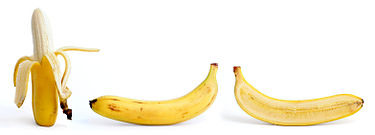
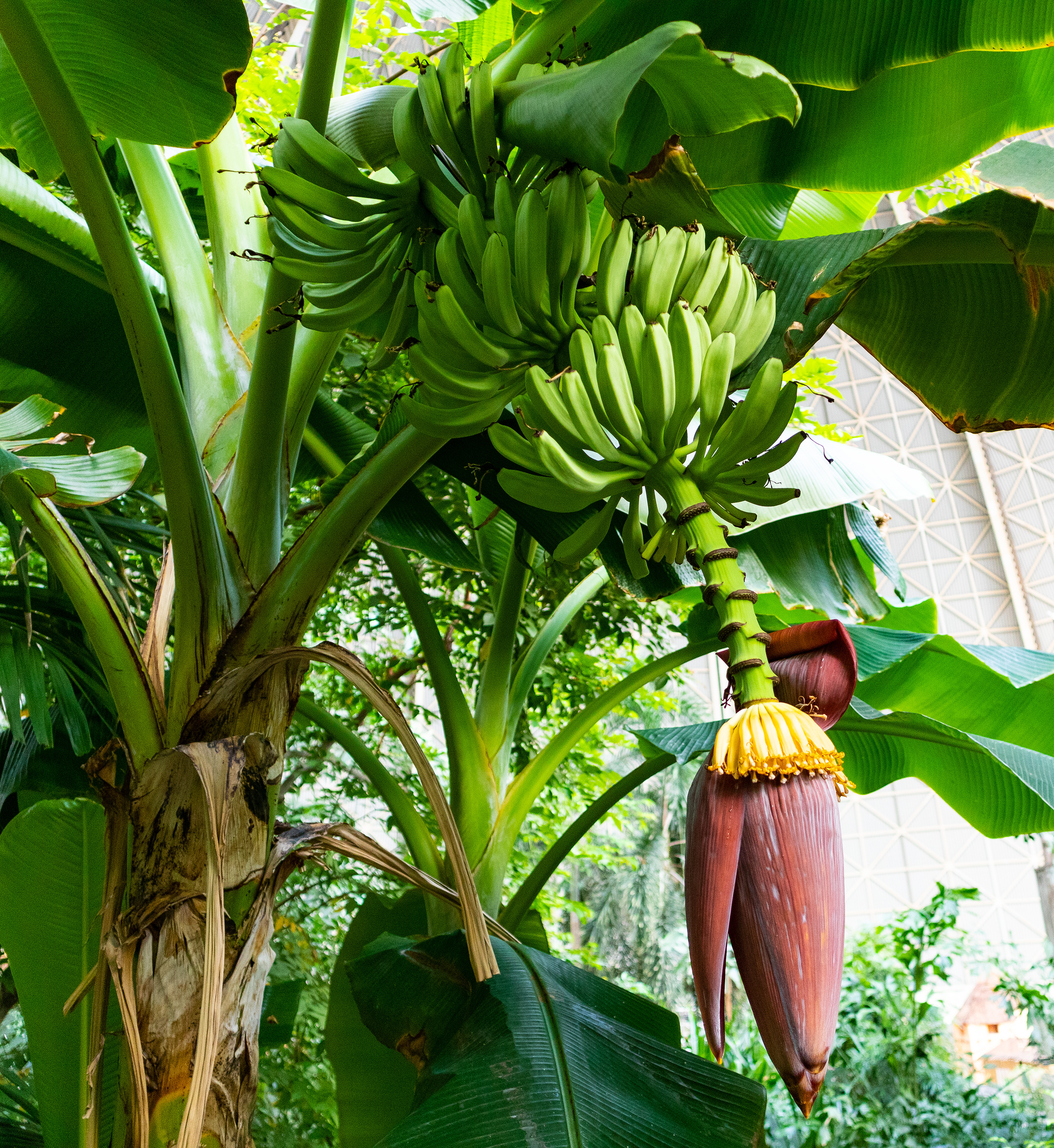
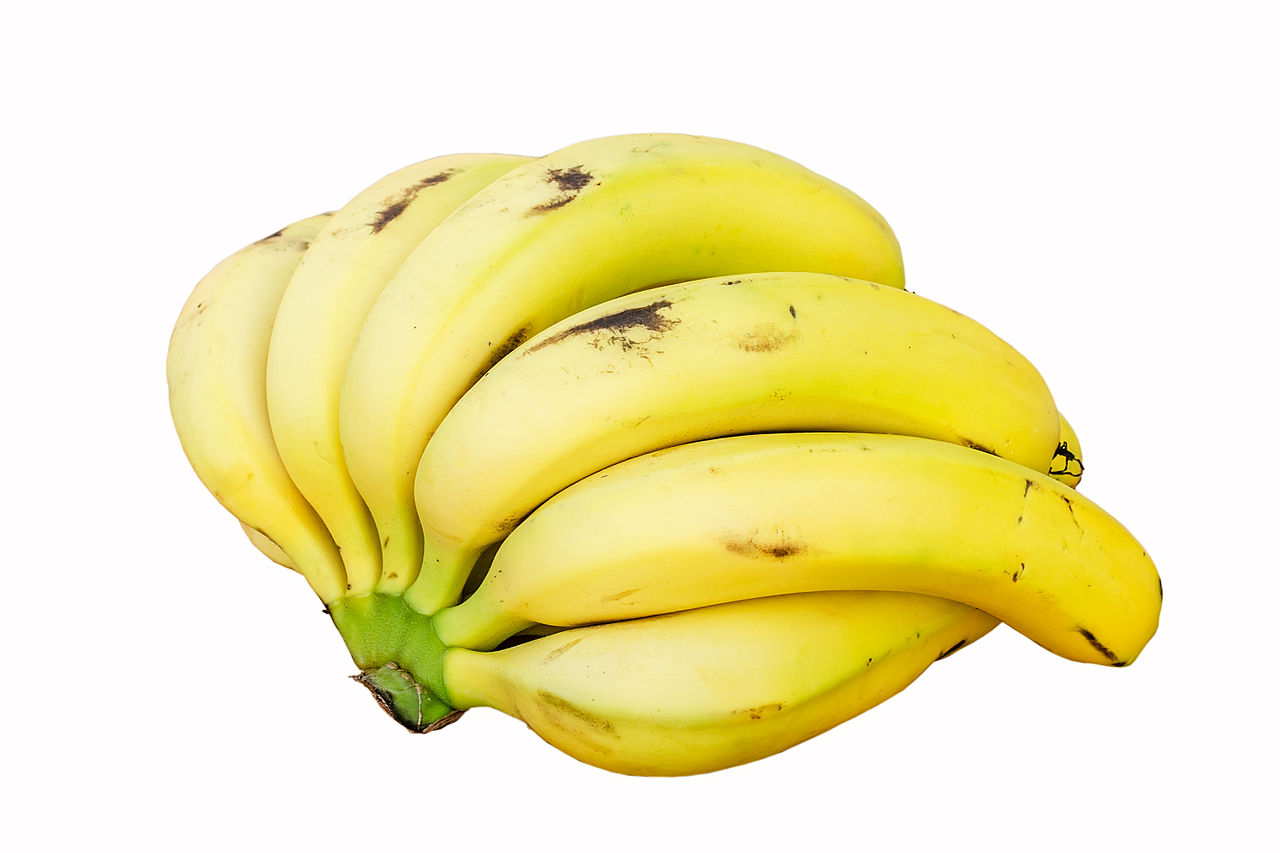
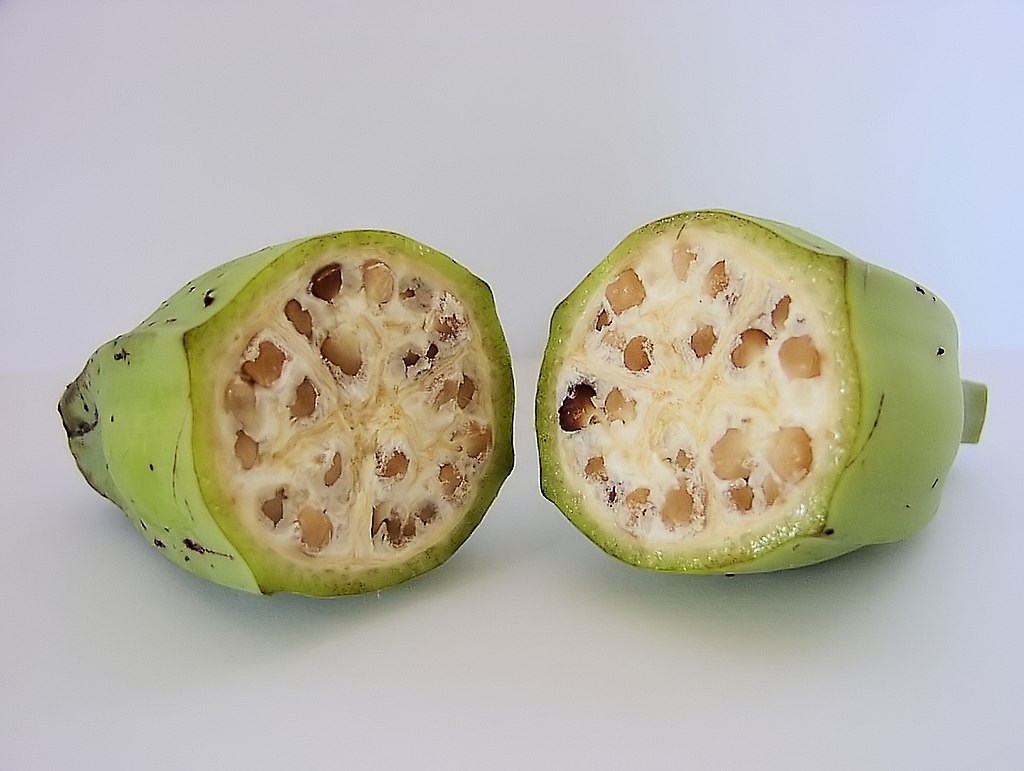
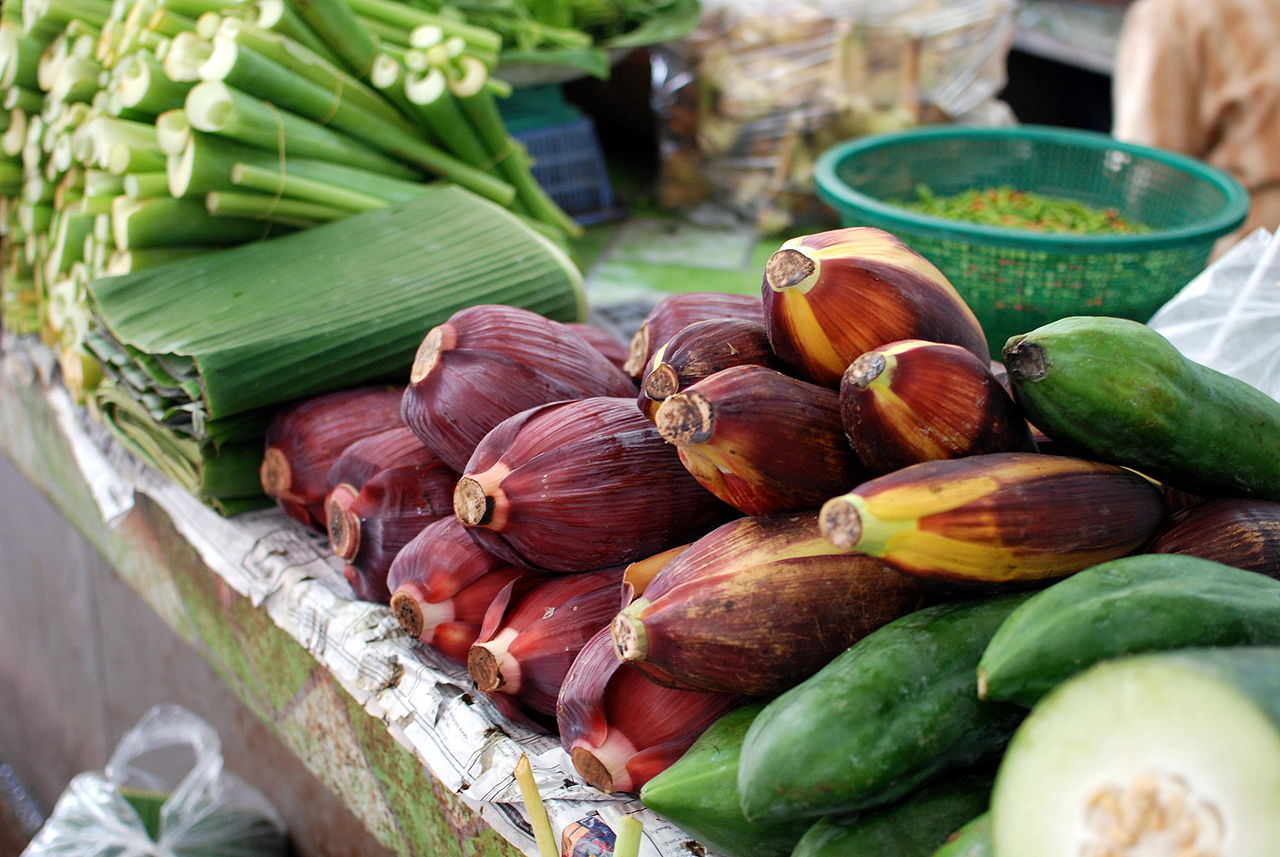


Comments